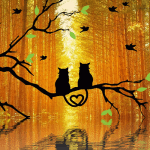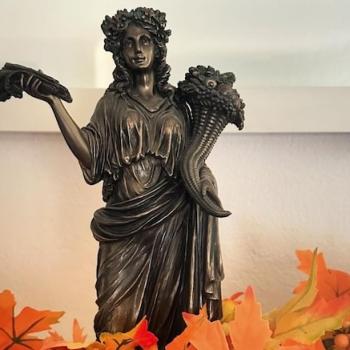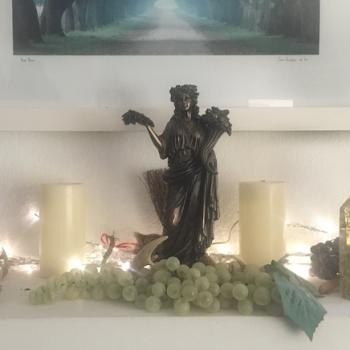What Is It?
This is easy, it’s the Autumn Equinox, a time of (about) equal day and night. Beginning at the Autumn Equinox until the first day of Spring, there will be more darkness than light in the sky, or more nighttime and less daytime. It usually occurs around September 22-23, but varies a bit from location to location. Mabon is a modern name for the holiday and was first used in the 1970’s.
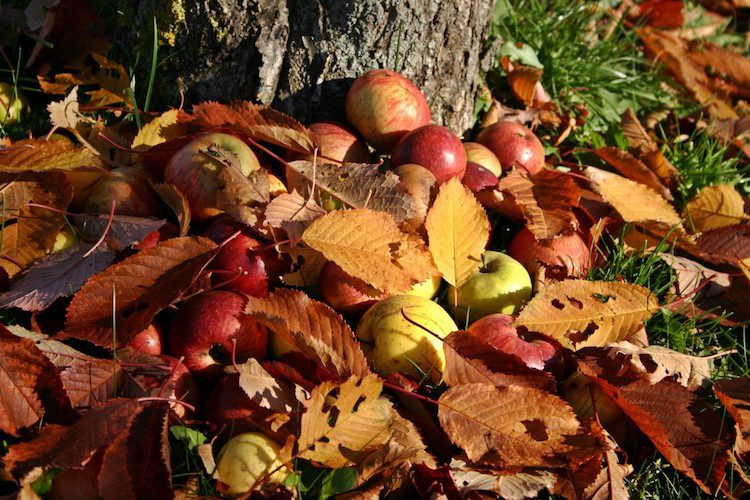
Did Ancient Pagans Celebrate The Autumn Equinox?
There were several celebrations in pagan antiquity that took place in the month we now call September, though they weren’t necessarily about or on the equinox. Japan has a September celebration too that sounds similar to modern ideas about Mabon. But if you are asking if there were lots of Pagan running around yelling “Happy Mabon” on the Autumn Equinox in the year 200 the answer is no.
The holiday of Harvest Home was once very popular in England and may have possibly had ancient pagan roots. Harvest Home was celebrated in August/September, but didn’t have a set date. Harvest Home occurred when a village gathered the grain, which obviously varied from place to place and year to year. It was generally a very festive holiday, complete with games, lots of food, gifts, and extremely pagan imagery. Goddess figures made from grain sheaves were common, and were equated by many with the goddess Ceres, but were more commonly known as the Cailleach. In some areas the Cailleach was revered and in other areas she was feared. That this figure might be an ancient harvest goddess seems likely to me.
Th Anglo-Saxons called the equivalent of our September Haligmonað which according to the English historian Bede meant something similar to “holy month.” Sadly Bede left no information as to just why Haligmonað was holy, but it’s September! September is awesome.
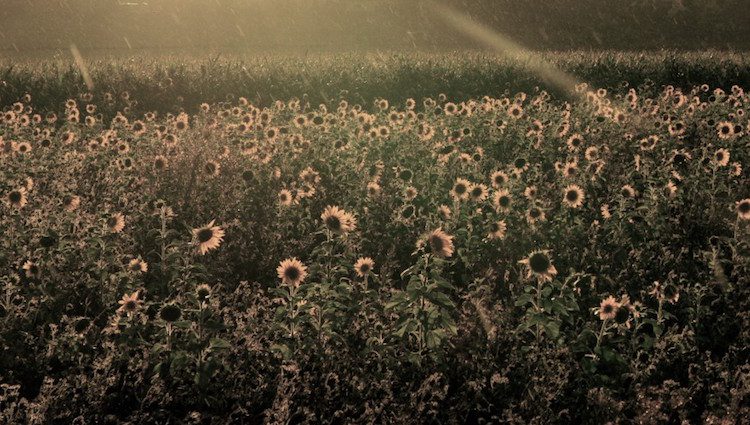
Where Does the Name Mabon Come From?
Mabon (or more accurately Mabon ap Modron) is the name of a Welsh figure (god?) who appears once in The Mabinogi (or as most Americans call it The Mabinogion). His name literally means “son of the Mother.” Mabon as a name for the Autumn Equinox comes to us from American Witch Aidan Kelly who first used it to describe the holiday in 1974 while working on a Craft calendar. Kelly’s term for the holiday was later included in a Green Egg (magazine) calendar and by 1979 was a part of Starhawk’s book The Spiral Dance. There was no looking back after that.
Is There Any Mythology Specifically Associated with Mabon?
It depends on how one defines mythology. There’s certainly a lot of modern mythology associated with the Autumn Equinox. In the Maiden/Mother/Crone mythos the “Mother Goddess” prepares to transform into the Crone at the equinox. For many, Mabon marks the time of the Sacrificial God who gives up his life force so that the harvest may be abundant and life continue into the following year. These myths as we tell them today are modern interpretations of older myths that may or may not have been telling the same story.
There are also Witches who bid farewell to Persephone at the Autumn Equinox as she returns to her husband Hades in the Underworld. When Persephone leaves this world most likely depends on how long your Winter is (six months? four? even more). The Eleusinian Mysteries took place in September, further connecting Persephone to this time of year. Interestingly enough, there are some of us who believe that she was most likely returning to this world in September as the Greek agricultural cycle near Athens is different from those of us in North America and Great Britain live with. However, myths exist for our use and when exactly Persephone descended into the Underworld is probably more a matter of personal choice than history.

What Traditions Are Associated with Mabon? How Should One Celebrate?
Mabon is a great holiday for doing stuff! The Autumn Equinox is obviously a time of balance so rituals built around that theme are common. I like to celebrate with the “gifts of the season” in September, things like apples, cider, pumpkin spice (I’m one of those), corn, and whatever else is at my local farmer’s market or growing in my backyard. Feasting is a common Mabon custom and one of my favorites.
The Autumn Equinox is a little more “open” than sabbats like Yule, Beltane, or Samhain which have long and complicated histories. Because its relatively new there are no specifically old traditions like the maypole or visiting with the dead. This pretty much allows you to build your own traditions and create your own ways of doing things. I wrote a whole post about ways to celebrate if you are looking for more ideas.
Why Do People Dislike the Name Mabon So Much?
There are a lot of people who really hate the name Mabon. I’m not a huge fan (Halig would have been better), but it’s been in use for 40-plus years now and is a known quantity. Certainly it conveys a lot of information in two handy (and easy to say) syllables.
I think those who hate the name object to it because it implies a historicity that didn’t actually exist. Because of this many call the holiday Harvest Home or just “The Autumn Equinox” (which is what the first Witches called it, and many traditions still use this descriptor). I’m of the opinion that language is a living thing and that co-opting the name Mabon from a rather unknown Welsh figure has given that god new life in some ways. It’s also too late to put the name Mabon back in a box. We are pretty much stuck with it.



